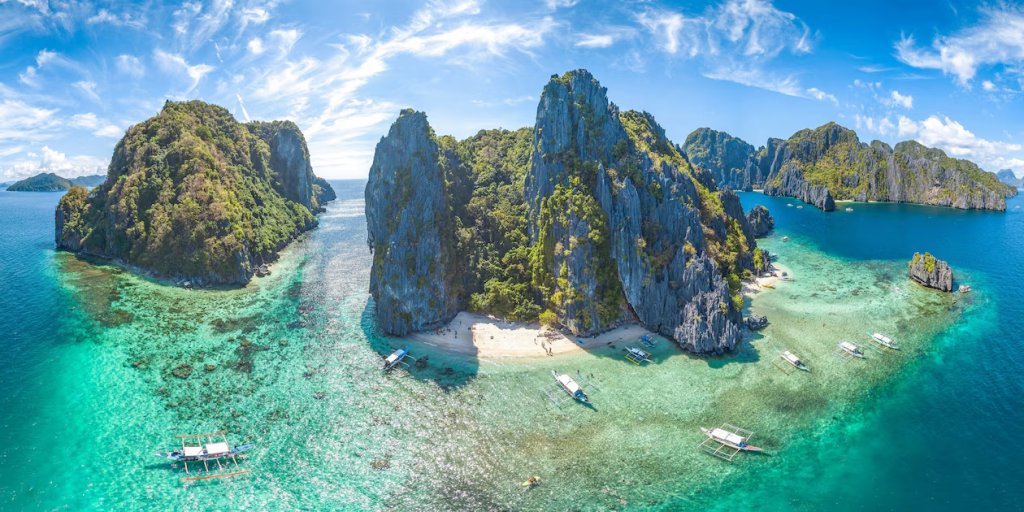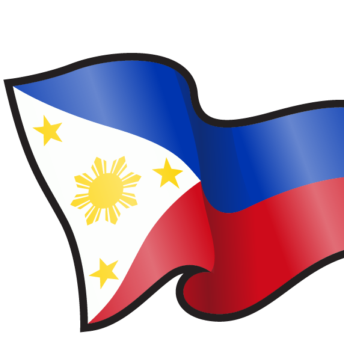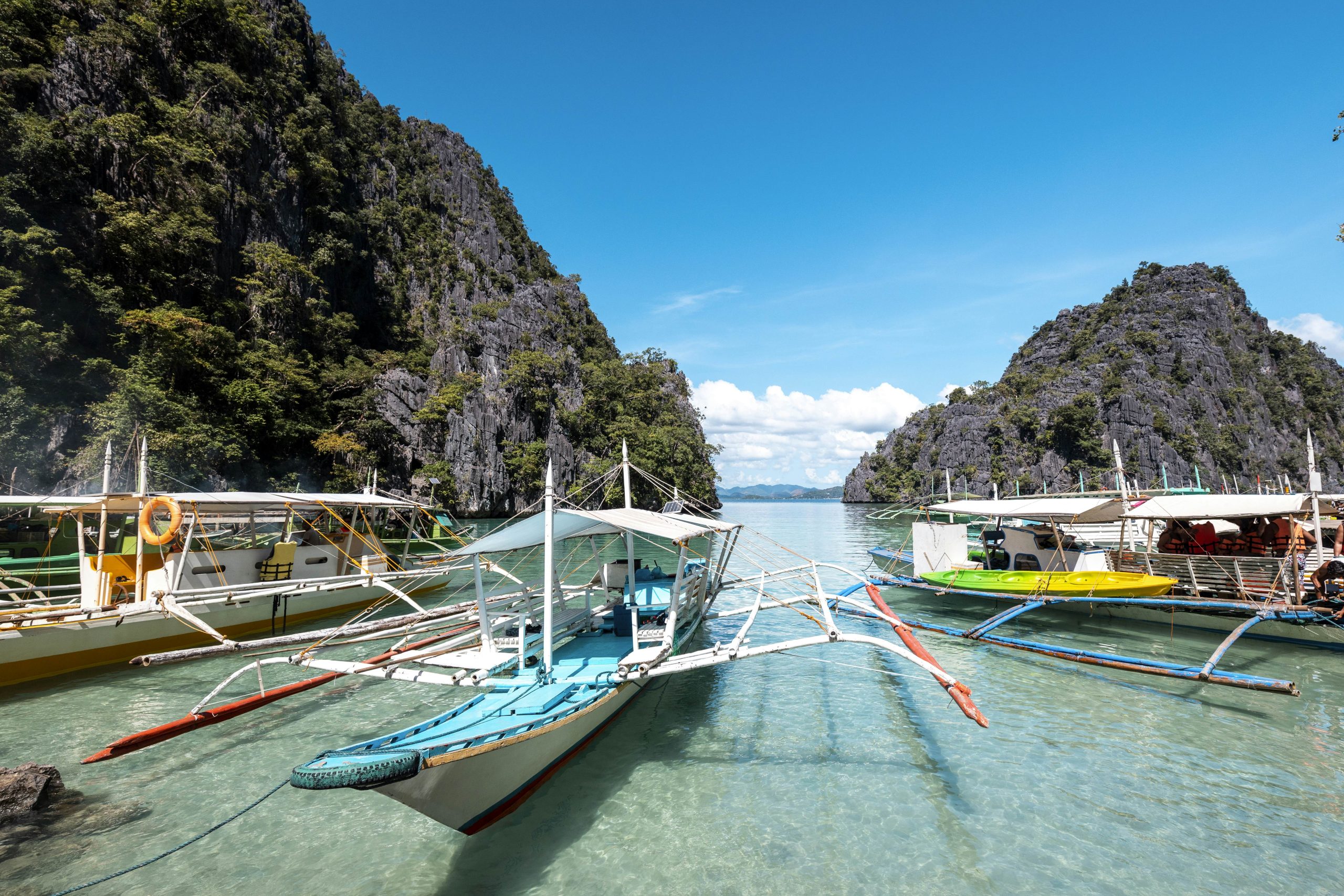The Philippines stands as one of Southeast Asia’s most captivating treasures, boasting over 7,000 islands adorned with pristine beaches, vibrant coral reefs, lush mountains, and diverse cultural experiences. For travelers seeking authentic paradise experiences, the archipelago offers an impressive array of destinations that cater to every type of adventurer. From secluded white-sand beaches to bustling historical cities, let’s explore some of the most breathtaking Philippine travel destinations that should be on every traveler’s bucket list.
Island Paradise: The Beaches of the Philippines
Boracay: The Renowned Beach Haven
Despite its small size, Boracay has earned international acclaim for its powdery white sand beaches and crystal-clear turquoise waters. White Beach, the island’s most famous stretch, is divided into three stations offering varying atmospheres from lively and energetic to peaceful and serene.
After undergoing environmental rehabilitation in 2018, Boracay has reemerged as a more sustainable destination while maintaining its reputation for stunning sunsets and vibrant nightlife. The island now balances tourism with ecological preservation, making it possible to enjoy its natural beauty responsibly.

El Nido and Coron: Palawan’s Twin Jewels
Palawan consistently ranks among the world’s most beautiful islands, with El Nido and Coron standing as its crown jewels. El Nido features dramatic limestone cliffs rising from impossibly clear lagoons, hidden beaches, and rich marine ecosystems. Island hopping tours allow visitors to explore the magnificent Big and Small Lagoons, Secret Beach, and Seven Commando Beach.
Coron, meanwhile, offers world-class wreck diving among Japanese ships from World War II, alongside natural wonders like Kayangan Lake—often called the cleanest lake in Asia. Between these destinations, island hopping tips from local guides can help travelers maximize their experience, ensuring visits to both popular spots and hidden gems.
Siargao: The Surfer’s Paradise
Known as the surfing capital of the Philippines, Siargao has transformed from a hidden surfer’s secret to an internationally recognized destination. Cloud 9, its most famous wave, attracts surfers from around the world, while the island’s laid-back atmosphere, coconut palm forests, and untouched beaches appeal to non-surfers as well.
Beyond surfing, visitors can explore the enchanting Sugba Lagoon, the unique Magpupungko tidal pools, and the perfect teardrop shape of Guyam, Daku, and Naked islands—all showcasing the raw natural beauty that makes Siargao special.
Natural Wonders Beyond the Beaches
Banaue Rice Terraces: Ancient Engineering Marvel
The Banaue Rice Terraces in Ifugao Province stand as a testament to indigenous engineering, carved into the mountainsides by ancestors of the local people over 2,000 years ago. Often called the “Eighth Wonder of the World,” these terraces follow the natural contours of the mountains, creating a breathtaking landscape that changes colors with the seasons.
Visitors can trek through various terraces, including the UNESCO World Heritage Sites of Batad and Bangaan, for an immersive experience in both natural beauty and cultural heritage.
Chocolate Hills of Bohol: Geological Mystery
The Chocolate Hills of Bohol present one of the Philippines’ most unusual landscapes—over 1,200 perfectly cone-shaped hills spread across an area of more than 50 square kilometers. During the dry season, the grass covering these geological formations turns brown, giving them a chocolate-like appearance and their distinctive name.
Bohol also offers other attractions, including the tiny Philippine tarsier, the Loboc River cruise, and the magnificent beaches of Panglao Island, making it an ideal destination for nature enthusiasts.

Underground River in Puerto Princesa: Subterranean Wonder
The Puerto Princesa Subterranean River National Park features an underground river system that flows directly into the sea. As one of the New Seven Wonders of Nature, this remarkable cave system extends for more than 8 kilometers beneath limestone karst mountains.
Guided boat tours take visitors through the accessible portions of the cave, revealing spectacular formations of stalactites and stalagmites while providing glimpses of the diverse ecosystem that thrives in this unique environment.
Cultural and Historical Destinations
Intramuros: The Historic Walled City
In the heart of Manila, Intramuros stands as a testament to the Philippines’ Spanish colonial past. The walled city, constructed in the 16th century, contains numerous historical sites including Fort Santiago, San Agustin Church (a UNESCO World Heritage Site), and Casa Manila.
Walking tours through the cobblestone streets provide insight into the country’s complex colonial history, while museums and preserved buildings offer a glimpse into life during Spanish rule.
Vigan: Preserved Spanish Colonial Town
Vigan in Ilocos Sur presents one of the best-preserved examples of a Spanish colonial town in Asia. Its UNESCO-listed historic center features well-preserved architecture that blends European colonial and Asian design elements, most notably along Calle Crisologo with its cobblestone streets and ancestral houses.
Horse-drawn carriages (kalesas) add to the old-world charm as they traverse the historic district, while local crafts, including weaving and pottery, showcase the region’s cultural heritage.
Emerging Destinations and eco-tourism in philippines
Batanes: The Northernmost Paradise
The remote province of Batanes offers landscapes unlike anywhere else in the Philippines. Its rolling hills, stone houses, and dramatic coastlines more closely resemble Ireland than tropical Southeast Asia. The pristine environment and strong indigenous Ivatan culture have been preserved due to the province’s isolation.
Eco-tourism initiatives help protect this unique setting while allowing visitors to experience its remarkable beauty and distinctive cultural practices.
Siquijor: Mystical Island Beauty
Historically known for mysticism and traditional healing practices, Siquijor is emerging as a destination for travelers seeking tranquility away from more crowded tourism centers. The island features stunning waterfalls like Cambugahay, pristine beaches, and the historic San Isidro Labrador Church and Convent.
Sustainable tourism projects on the island aim to preserve both its natural environment and cultural traditions while sharing them with respectful visitors.

Practical Travel Information
Best Time to Visit
The Philippines has two primary seasons: dry (November to May) and wet (June to October). The best time to visit is generally during the dry season, particularly from December to February when temperatures are cooler. However, different regions may have varying microclimates, so research specific destinations when planning your trip.
Transportation Between Islands
Getting around the Philippines requires some planning due to its archipelagic nature. Options include:
- Domestic flights connecting major destinations
- Passenger ships and ferries for inter-island travel
- Bangkas (outrigger boats) for short distances between nearby islands
- Land transportation including buses, jeepneys, and tricycles
Recommended Resources for Philippine Travel
For travelers planning to explore the Philippines, several resources provide valuable information:
- Official tourism websites with updated travel regulations and destination guides
- Local tour operators specializing in specific regions or activities
- Travel communities focusing on sustainable and responsible tourism in the Philippines
FAQ: Planning Your Philippine Adventure
How many days do you need to explore the Philippines?
Given the country’s diversity and geography, a comprehensive visit requires at least two weeks. However, focusing on a specific region (like Palawan or the Visayas) can be rewarding even with 7-10 days.
Is it easy to travel between islands?
While major destinations have regular connections via air and sea, reaching more remote islands may require careful planning and flexibility with schedules.
Conclusion: The Philippines’ Endless Paradise
The Philippines offers extraordinary diversity for travelers—from world-class beaches and remarkable natural wonders to rich cultural experiences and historical sites. Each island and region presents its own unique character and attractions, ensuring that visitors can find their personal version of paradise.
As tourism continues to develop, many destinations are embracing sustainability to preserve their natural beauty and cultural heritage for future generations. By approaching travel with respect for local communities and environments, visitors can help ensure these paradises remain for years to come. Whether you seek adventure, relaxation, cultural immersion, or natural beauty, the Philippines stands ready to exceed expectations and create unforgettable travel memories.

